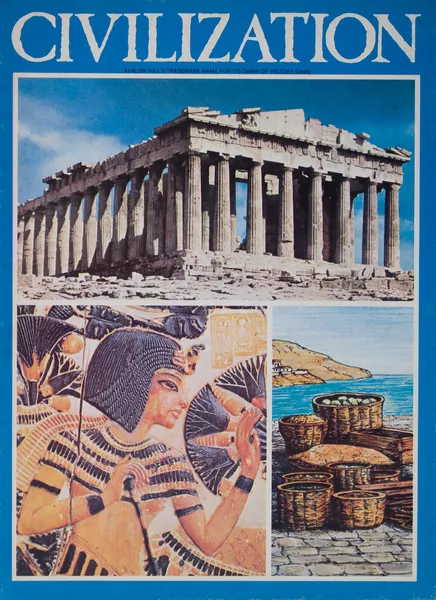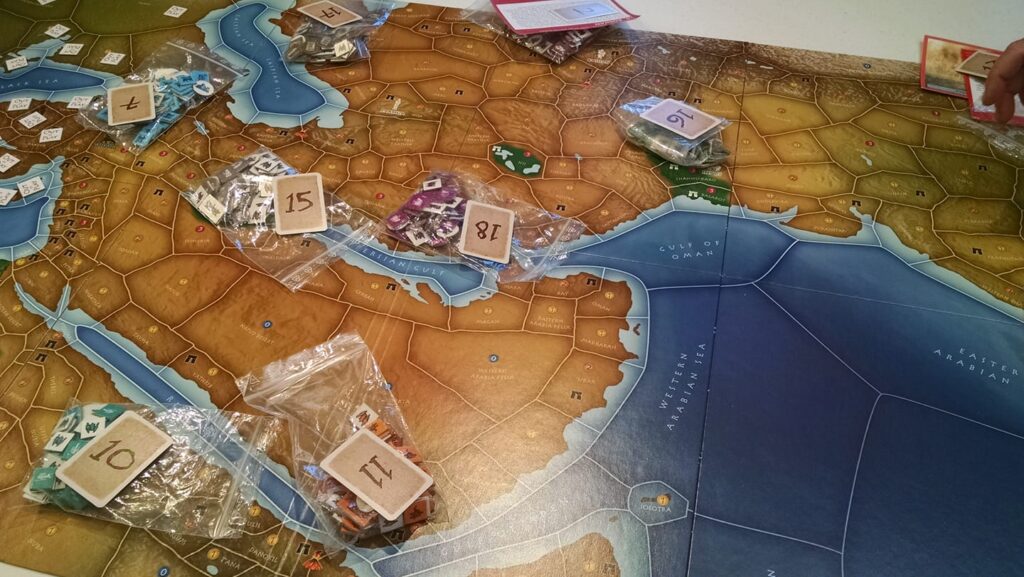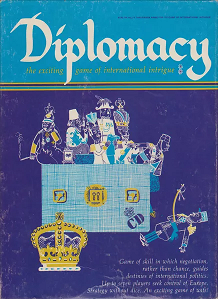Why Did You Give Up, America?
aka: Barnett is back!
Twenty years ago (was it really that long ago?) a geostrategist named Thomas P. M. Barnett pubished a book titled The Pentagon’s New Map. He introduced a new way of thinking about geostrategy in the post-Cold War era. Instead of seeing the world as divided between East and West – the old Soviet bloc vs. U.S. bloc – it made sense to see the world divided between the “Core” of functioning globalized states and the “Gap” of disconnected, poorly governed (or ungoverned) states that weren’t (yet) integrated with the global economy.
Barnett’s book emerged out of a famous (in some circles) presentation on C-Span in 2004. The new map in question was based on a look at all the places where the U.S. military had intervened since the fall of the Berlin Wall in the late 1980s. They were all places in the Gap, essentially the part of the world that was most in need of security. The U.S., as the sole superpower to survive the Cold War, was the planet’s premier provider of security.
Logically, the strategic mission of the United States should be to “shrink the Gap” by working to economically integrate these failed states with the rest of the world. This would mean fewer military interventions in the long run. It would fulfill the post-World War II promise of the U.S. using its formidable military power to protect free markets around the globe.
You can see how this line of thinking might have dovetailed with Bush’s Iraq War, ostensibly an effort to replace a dictatorship in the Gap with a democratic state. Barnett was a rising star in the Bush era, and I followed him closely, including reading all of his books. I reviewed The Pentagon’s New Map here on this blog back in 2018, noting at the same time that with the failure of the nation-building efforts in SW Asia (mission not accomplished), his whole line of thinking kind of fell to the wayside. He didn’t post as much on his blog any more, and I lost track of him.
Then I discovered that he is on Substack now, and is promoting a new book. I guess I shouldn’t be surprised to have found him there – Substack seems to be where all the intellectual Gen Xers and Boomers have gone to publish and promote their work, now that the other platforms have devolved into A.I.-generated troll farms. Barnett is in fact an Xer, born in 1962.
Here is the post I encountered: The case for Chinese global leadership.
From what I can tell, he is arguing that while the U.S. has withdrawn from the world since the Crisis Era began, China continues the process of integrating with the economies of the Gap (now called the Global South). The Global South welcomes, indeed depends upon, this integration, and so China is emerging as a new global leader, now that America has given up. Barnett, of course, doesn’t refer to the Crisis Era of turnings theory as I just did, but he does mark the 2008 Global Financial Crisis as the turning point, so he is essentially in agreement with the timeline of the generational theory, if not the underlying model.
Here’s a quote from his post:
As I have noted here in the past: America was the market-maker in the system from 1945 to 2008’s Great Recession. Since then we have elected nation-building-at-home presidents (Obama, Trump, Biden) and have largely eschewed any role in promoting global trade integration — just the opposite. Instead of re-injecting just enough market-playing, I’m-in-this-for-myself vibes to rebalance our global posture between looking out for the world and looking out for ourselves, we Americans naturally go overboard in our reaction. We cannot merely adjust; we must pull a 180 and denounce all that came before (Globalization was a lie!). It’s just how we be.
So why did we go overboard (as Barnett puts it) in this country, becoming so obsessed with our Culture Wars divisions that we can’t even form a stable government or coherent national strategy? Overreacting to trends and overcorrecting, I think, comes with the generational cycle, and we might be more vulnerable to this cycle because we are a young settler nation that emerged from radical ideas of freedom and equality, and not bound by any long tradition.
We are also saddled with a Constitutional system that doesn’t work with an even two-party split. The checks and balances lead to paralysis when there is no majority party to assert its agenda. How we got to a 50-50 split, rather than a more workable 60-40 split, I’m not sure. Maybe it’s some natural law of partisanship, a strange attractor in the chaotic system that is modern society. Worst case scenario, a shadowy group is orchestrating it – but that’s just conspiracy thinking.
It also occurs to me that the U.S., being the wealthiest and most secure nation on Earth, can afford to brush off the rest of the world if it wants to. We can take our toys and go home, unlike nations that are caught in conflict regions or heavily dependent on trade. We can obsess on our internal problems, since we don’t realistically face much pressure from the external world. That we choose to do so is us exercising a kind of privilege.
As for our little internal thing that we’re struggling with, well, I think Barnett nails it with this post: The radical-acceptance election – A very uncomfortable truth is that this race is all about race.
He just puts it bluntly: the MAGA movement, with its Hitlerian leader promising a violent cleansing of American society, is the last bastion of white Christian supremacy, trying to stop the tide of non-whites and non-Christians from rising up and claiming their share of freedom and equality and their part in the American dream. He gets the generational aspect of it, recognizing that with Boomers and Xers at the top, the internal struggle will continue. And he gets the high stakes of it – neither side is going to back down.
I’m just glad Barnett ends up on the same side as me, because if he had turned out to be a Trump supporter, I probably wouldn’t have subscribed to his substack.
Oh, who am I kidding: of course I would have subscribed, just to get this brilliant man’s take on current events from that perspective. He’s got a head full of ideas that go against the grain of conventional thinking, and his arguments are always eye-opening for me. I’ve ordered a copy of his new book, and look forward to reading more of his substack posts in the future.









